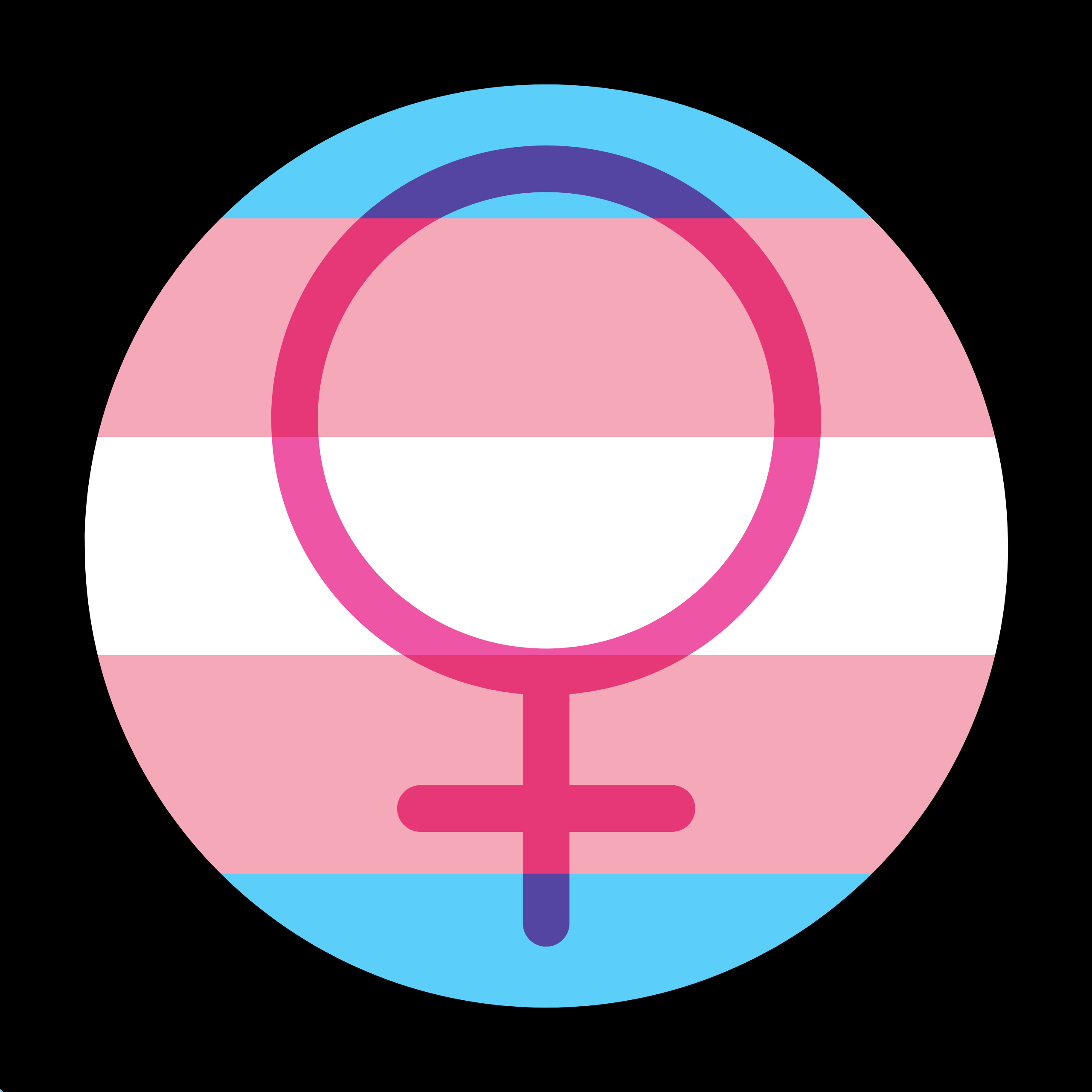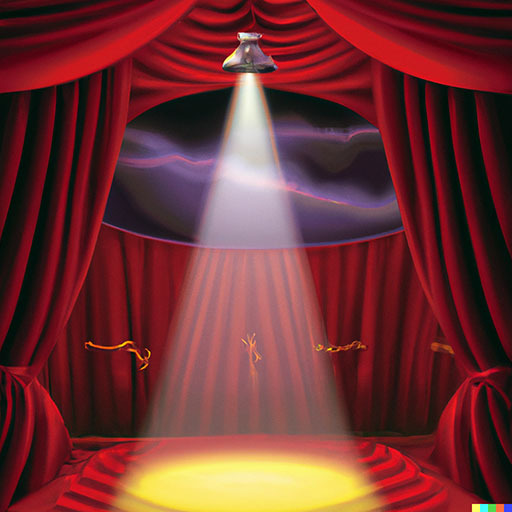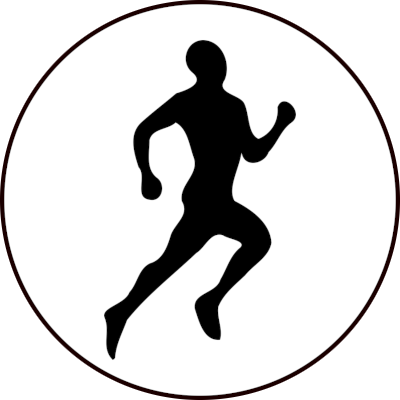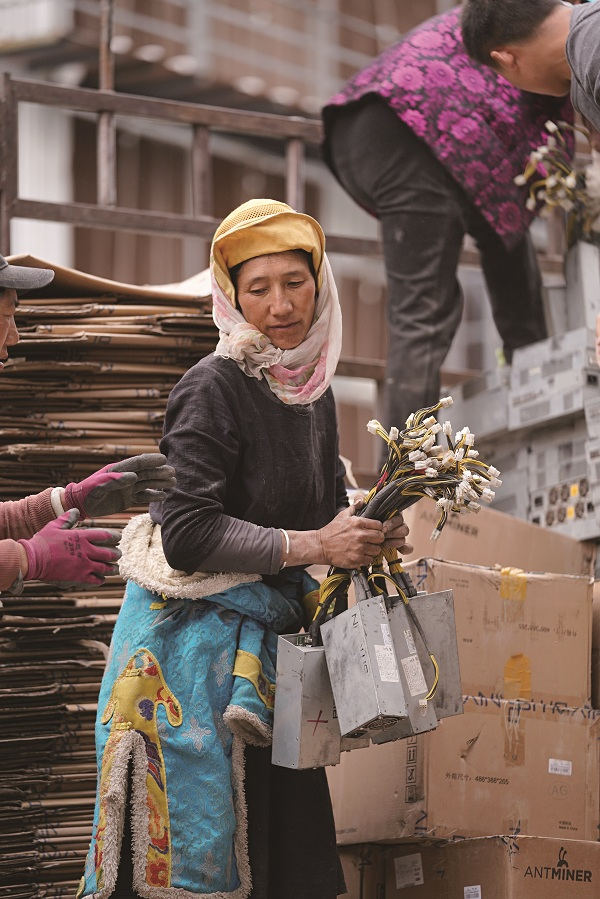I don’t often go to concerts, but when I do, I fly to New Zealand to see Bryan Adams and relive my teenage years
Admin of lemmy.blahaj.zone
I can also be found on the microblog fediverse at @ada@blahaj.zone or on matrix at @ada:chat.blahaj.zone
- 190 Posts
- 2.49K Comments
Cameras don’t have the same dynamic range capabilities as our eyes. This is especially true when the end result is a JPG (even if you start from a RAW file). Reduced dynamic range means that details get lost in shadow, or they get lost in bright white blow out, when our eyes would still be able to make details out in that same situation.
So when you shoot a dark subject with a bright background like you’ve got here, you’ve got the two extremes, bright and shadow, and that’s where your important details are, and because of the reduced dynamic range, the contrast appears even stronger than it does to the naked eye, and details get lost.
Assuming you can’t reframe, or reshoot, and you have to work with what you’ve got, you’ve got two real options.
If you shot in 10 or 12 bit RAW, you could convert the file to a HDR capable image format. That will save more details, however most browsers, apps and monitors won’t be able to display that image, or if they do, they’ll display it incorrectly.
Otherwise, you can do something called “tone mapping”. This allows you to take a high dynamic range image and compress and remap that range in to a lower bit depth dynamic range. Basically it uses an algorithm to shift the tonal range of the image to fit within the range available to it, artificially altering the tone (brightness) of the image to make the details more visible. So your window sky will appear less bright than it was, and your shadows will appear brighter than they actually were. Sometimes this looks weird and unnatural, but for an image like yours, it would work well, especially given the monochrome colours. Typically you would do this starting with a RAW file (ideally a 10 or 12 bit RAW file) and end up with an 8 bit JPG.
If you do have the option to reshoot, then you can do what is called “exposure stacking”. You shoot multiple images of the same scene, under exposing some, over exposing some with photos covering the exposure values in between. This ensures that you have images exposed well for the bright parts, the dark parts and everything in between. Then you composite them in your image editor. You’re still using tone mapping to remap the final tonal range in to the range available within your JPG, but you get better results than working from a single file.

 312·13 hours ago
312·13 hours agoThat’s not laziness, that’s looking after yourself and your own needs, and prioritising that over non urgent chores.
At some point, the balance changes, and you do the stuff.
And if the balance doesn’t change, and you always put it off, even when you shouldn’t be, there’s something going on behind it.

 1143·14 hours ago
1143·14 hours agoThere’s no such thing as “lazy”. It’s always, always, always a word used to make someone feel guilty for hitting a personal limit or threshold.
Even if you want to work on those thresholds and improve them, you can achieve that without framing yourself as fundamentally selfish and uncaring.
That appears to be hardware, not a distro
It devinetively is caused by my quite big desire to be a woman
This is dysphoria
So becoming what i dream of is the only way of combating this
This is dysphoria
on other days it feels like an flesh made nightmare that you cant escape.
Dysphoria
Whenever the void appears, it is guarded by this huge desire to transform into a woman.
Dysphoria
that when i look into a mirror, that I cant really connect to the face staring back at me.
Dysphoria
This lack of obvious signs of dysphoria is the reason, why i am starting to think, that what I experiience is my bodys way of manifesting dysphoria.
Believe it or not, it’s almost a cliche how many trans folk describe their experiences of dysphoria, whilst simultaneously talking about how they don’t experience dysphoria.
I can’t tell you what your dysphoria means, and I can’t tell you who you are. What I can tell you though is that similar experiences to yours have been shared by many many trans folk before you.
Currently I dont really experience the typical symptoms of dysphoria (hating yourself/your body…).
They aren’t the typical symptoms of dysphoria. Dysphoria is commonly portrayed like that in media aimed at cis folk, and so it’s commonly seen that way, but I’m reality, it doesn’t typically manifest as hating yourself or your body.

 2·16 hours ago
2·16 hours agoYep, exactly this!

 6·2 days ago
6·2 days agomedical settings are the one place where it is sometimes important to disclose your gender assigned at birth.
It’s more complex than that. On the medical side, doctors treating trans people as their assigned gender is just as problematic as assuming that they are cis. Which is to say, the majority of the time, it’s just not an issue, but sometimes it is, and when it is, they need to deal with our specific needs as trans folk, not as if we are the gender we were assigned at birth.
On the other side of that is transphobia. Depending on where the treatment is occurring, out yourself as trans opens you up to transphobia. Sometimes its outright refusal to give treatment, sometimes it’s referrals elsewhere, and sometimes it’s “trans broken arm syndrome”, where every issue you have is first filtered through the fact that you are trans, as if that is the real problem that needs to be dealt with.
I live in an accepting country, with laws that protect me. Yet, if I end up in hospital and I out myself as trans, I’m most likely going to end up in a room by myself, whilst having people smile at me and tell me that treating me differently to everyone else is somehow a gift, because I’m getting a “private room”.
So yeah, sometimes, to get safe and effective treatment, trans folk have to out themselves as trans. But more often than that, to get safe and effective treatment, we have to stay closeted. Navigating those conflicting scenarios is something that most trans folk have had to do at some point :\

 12·2 days ago
12·2 days agoWhen I was still a kid, I experience my dysphoria in a couple of ways Physically, my body was always wrong, and I wished it were different. I’d dream it was different, I’d pray that it would change, and as puberty kicked in, my detachment from my body increased. Socially, I resented being grouped with boys and missing out on things that girls could do.
This was in the 80s and 90s, so I didn’t have the words to understand what was happening, and I didn’t even know trans people were a thing. I didn’t have a feeling of “I am a woman/girl”, rather, I experience it as “I should have been” or “I wish I was”.
And ultimately, it mostly didn’t change from that for many decades. The language I used changed, and my awareness of trans folk increased, but I still didn’t see myself as being trans or being anything other than a guy who should have been a girl.
I used to dream about it in the way I’d sometimes fantasise about winning the lottery. I’d imagine how my life would be different, and how life altering it would be if this wish came true. But the key difference between thinking about the lottery and thinking about my gender, is that I never stopped thinking about my gender. It was always there.
It wasn’t until a couple of folk in my life came out as trans about a decade ago and I had a chance to talk to them that I realised I was the same as them, and that I’m trans. It was the first time in my life I was able to talk about my experiences to someone and have them understand what I was saying, without having to fumble around trying to explain myself.
And for a little while, that changed my dysphoria. Instead of a vague feeling of discomfort with being gendered as a guy and a wish for a body that I didn’t have, the shedding of my denial crystalised my dysphoria and sharpened it. In some ways it felt worse, but in some ways it felt better, because now I understood it, and knew what I could do with it.
And I spent the next few years after that chasing social and medical transition, and these days, I don’t really experience dysphoria in any meaningful way. I still have moments, even when it does pop up now, it’s background noise rather than a debilitating and painful awareness that dominates everything.
Something is broken with reporting DMs. I’m hoping it will be fixed when we upgrade. If not, we’ll have to go digging to see what’s causing the problem
That’s part way there, but it doesn’t stop the text DM spam, nor does it actually remove the NSFL content
I’m hoping that it’s in the works
That will have to come from the lemmy devs. I’m hoping that they’re working on something like that given the scale of the issue, but not being involved with the lemmy dev team, I don’t know what the plans are
Understood, but at the moment, you can’t even do that because you can’t delete DMs through the user interface or set controls on who can send you DMs. Until we get options in lemmy that let people take control of their own approach to spam DMs, this is the best we can do, because unfortunately, “do nothing” just means spam impacts everyone, and given the nature of some of that spam, that’s not an option.
Edit - I just noticed you’re not a blahaj lemmy user, so this won’t impact you in any way. It’s specific to users of this instance
No, deleting DMs is a mod thing. In this case, we’re doing it directly from the database

 4·3 days ago
4·3 days agoTouchpads and trackballs are my go to input devices!









That can work, but the bright area starts leech in to the dark areas.
If you’re looking for an analogue solution, your best bet is a graduated neutral density filter. It’s pretty much designed for this exact scenario. It’s a filter that sits on your lens. Half of it is grey (like sunglasses, but without impacting the colour tone) and half of it is clear. You can rotate it around and align it with the light/dark boundary in your subject. It will reduce the light from the bright area of your subject, whilst leaving the dark part of your subject unaltered. This will let you expose longer for the shadows without blowing out your skies.